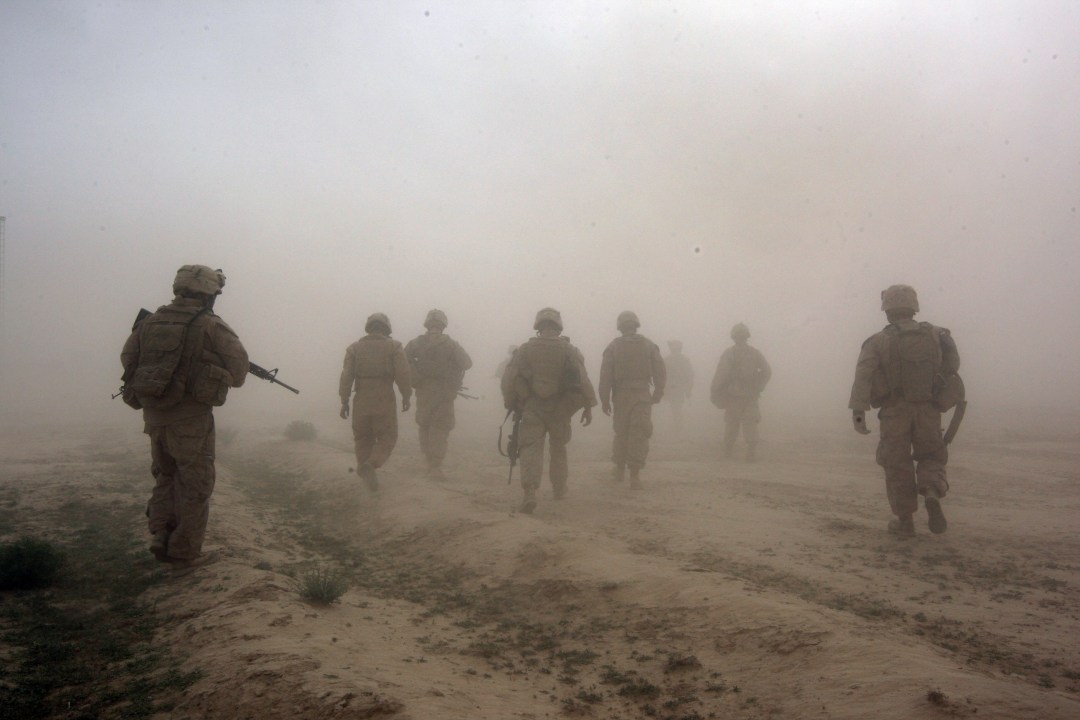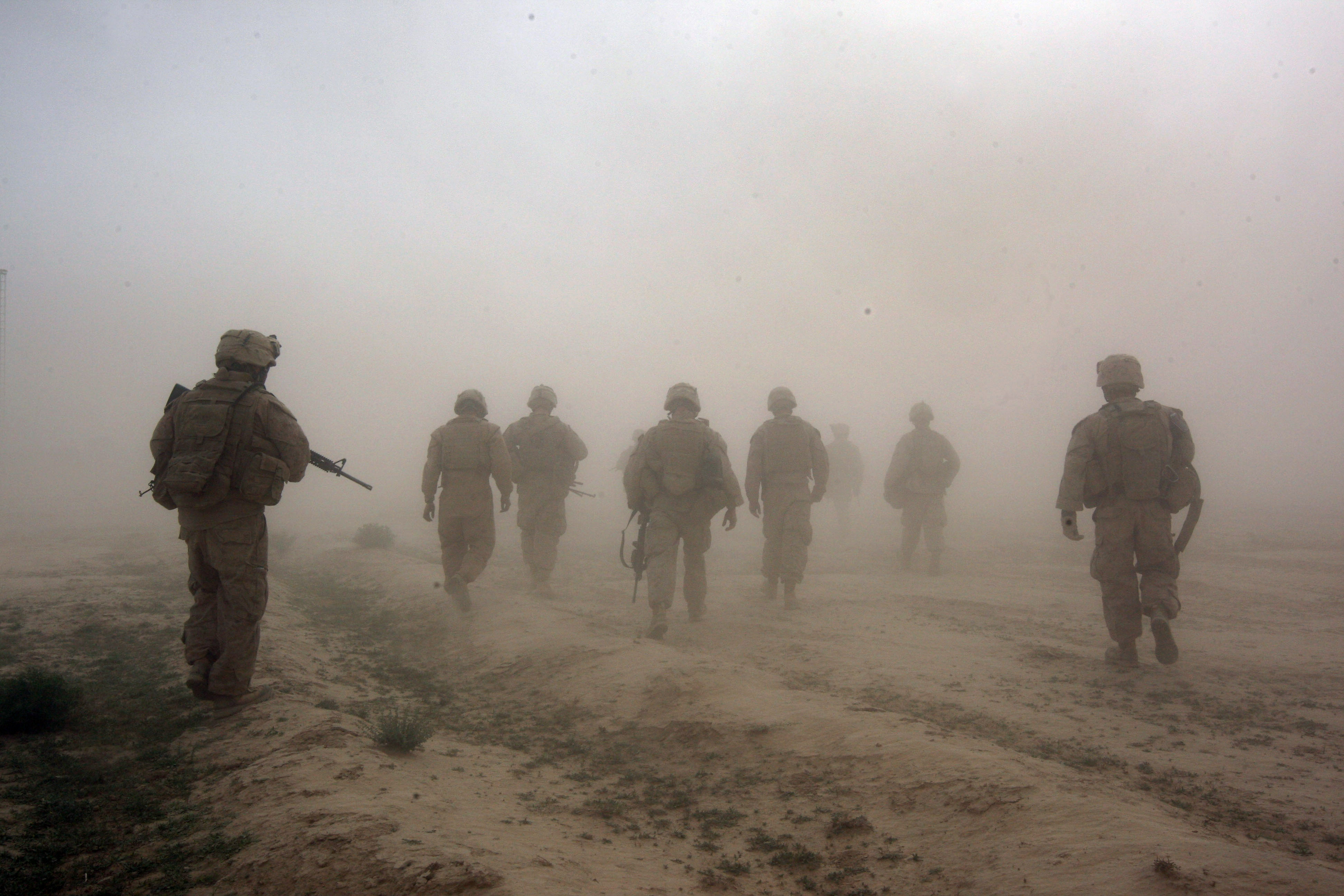 Stereotyping the Taliban is easy. The toppled Taliban Emirate was misogynist and repressive. Then, like now, its leadership partnered with Al Qaeda and acquiesced to Osama Bin Laden’s murderous programme. Then, like now, it committed horrific crimes on and off the battlefield, including ethnic massacres and teenage-cide.
Stereotyping the Taliban is easy. The toppled Taliban Emirate was misogynist and repressive. Then, like now, its leadership partnered with Al Qaeda and acquiesced to Osama Bin Laden’s murderous programme. Then, like now, it committed horrific crimes on and off the battlefield, including ethnic massacres and teenage-cide.
Faced with this kind of medieval barbarism, stereotyping comes easy, even naturally. But it also misses things. In the words of the RAND Corporation’s Christine Fair, another one of my travel companions, the ‘militant architecture’ is complex and made up of at least three main groups (and that is not even counting criminals, drug-smugglers and government-affiliated warlords).
First there is the ‘real’ Taliban, led by Mullah Omar and organized by the so-called Quetta Shura, a council of insurgency leaders who meet in Baluchistan and recently also in Karachi. This group operates in the south (e.g. Helmand, Kandahar and Uruzgan); are said to be supported by the Pakistani security services; and have for a number of years collaborated with drug-smugglers and other criminals. US airstrikes have not attacked the Quetta Shura—except when its members have ventured into Afghanistan—prompting suspicion of a deal between the US and the Pakistani authorities to leave the group alone.
Then there is the so-called Haqqani network, led by Jalaluddin Haqqani, a former Mujahedeen war-lord, and his son Siraj Haqqani. Though they collaborate with the ‘real’ Taliban further west, they are based in Miramshah in North Waziristan and mainly fight in the eastern parts of Afghanistan. Last year General Kyiani, the head of the Pakistani army, was caught saying he thought Haqqani was a ‘strategic asset’ for the Pakistani military. A widely respected former Mujahedeen leader, who even the Afghan defense minster once worked for, Haqqani is thought by many experts to be the real link with Al Qaeda, which may explain why US airstrikes have targeted his group more than others.
Finally, there is a collection of insurgent groups comprised of HIG, Al-Qaida, and LeT — who mainly operate in Kunar and Nuristan — and with other groups.
Though all the groups collaborate with each other (and other actors on the battlefield) they have also fought one another. Appreciating this complexity is not to excuse, even less to glorify the insurgency. But it is important to know that NATO does not face a monolithic enemy, but a more fragmented enemy operating on several fronts. This fragmentation should not be over-estimated, but it will be key to shaping a political strategy to complement the military effort.
You can read Daniel’s report on the need for a European civilian surge in Afghanistan here.







Comments